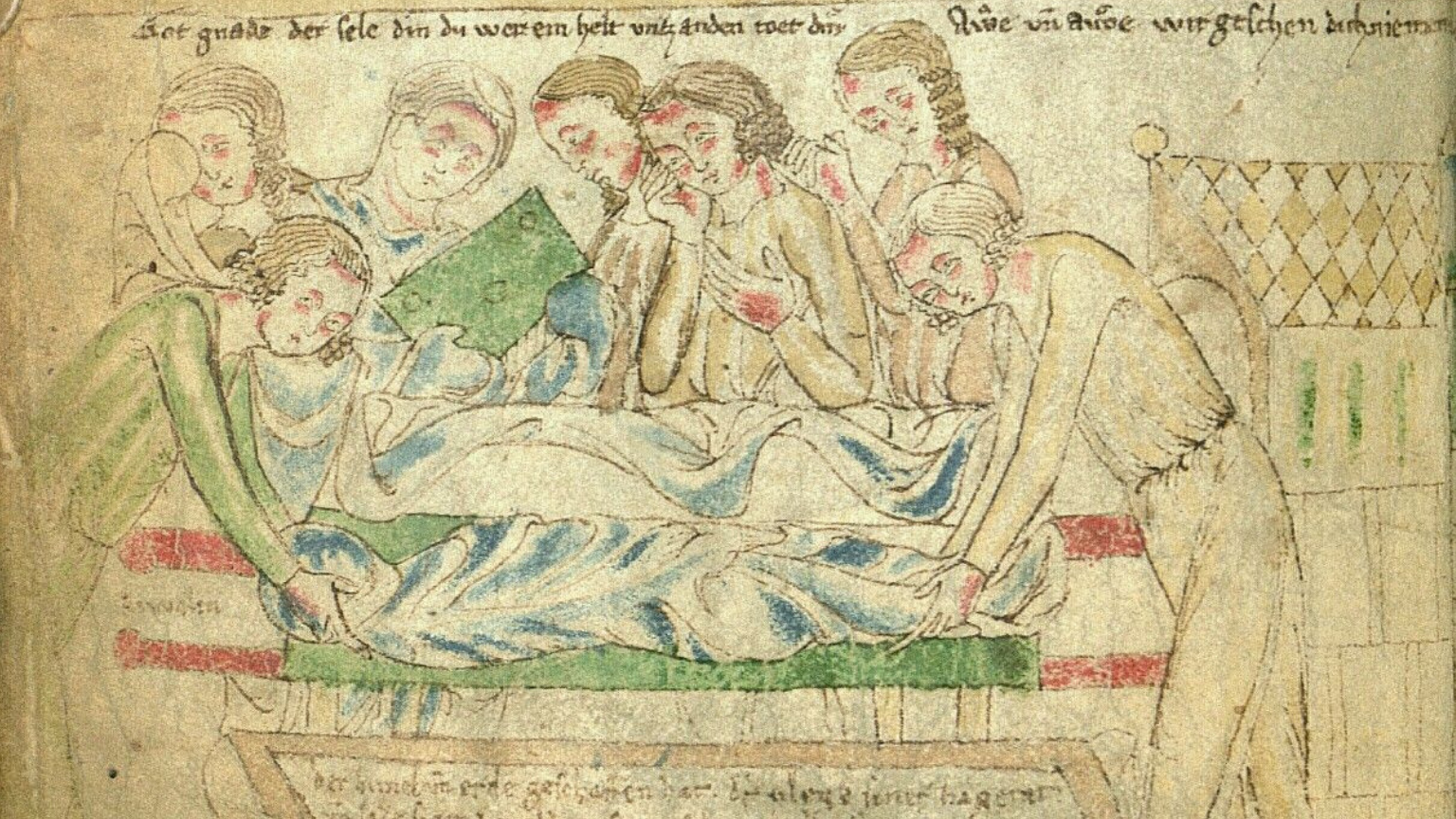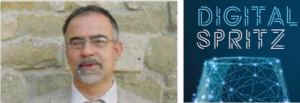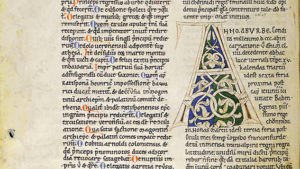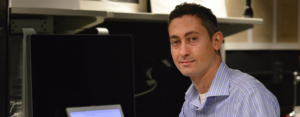BSL, Cgm 51 (Gottfried von Strassburg’s ‘Tristan’)
We are happy to announce that the DH project:
A Scholarly Digital Edition of the illustrations and captions in Bavarian State Library, Codex germanicus monacensis 51, Gottfried von Strassburg’s ‘Tristan’
was awarded a 2-years-grant from the University of Verona (‘Ricerca di Base 2017’)! We are looking forward to start our cooperation together with our team. A detailed project description will be posted soon.
For the time being, have a look at the Cgm 51 here and should you have any suggestions or question about the project, please contact me at: adele.cipolla@univr.it
Project details
Project manager: Prof. Maria Adele Cipolla, University of Verona, Department of Foreign Languages & Literatures (Germanic Philology: SSD L-FIL-LET/15)
Postdoc researcher: Anna Cappellotto, University of Verona, Department of Foreign Languages & Literatures (Germanic Philology: SSD L-FIL-LET/15)
Project data
Acronym: TRISDE51
Duration: Two years
SSD related to the project: L-FIL-LET/15
Macro Area related to the project: SCIENZE UMANE
ERC
1. SH5_3 Philology and palaeography; historical linguistics
2. SH5_13 Computational Modelling and Digitisation in the Cultural Sphere
3. SH5_8 Cultural studies, cultural identities and memories, cultural heritage
Project description
TRISDE51 envisages a scholarly digital documentary edition of BSL Cgm 51 of Gottfried’s Tristan. Like in a graphic novel, the poetic text is combined with full-page illustrations, enriched with stratified inscriptions added by different hands over time. Given the multimodal nature of the artifact, any traditional editorial approach seems to be unsuitable, whereas a digital model can provide more satisfying responses for the critical representation of its complexity. The workflow will open with a study of the manuscript from a codicological-paleographic perspective, possibly by means of new technologies (e.g. multispectral imaging). Illustrations and captions will be modelled according to an agreed grammar and they will be related to the poetic text, either by analogy or difference. Categories of textual criticism will be applied to the visual parts, to classify variant readings or errors. Texts and images (encoded and published according to up-to-date standards: XML/TEI, IIIF) will be edited in an integrated way, so that the user can easily visualize their relationships. This will require the implementation of a software. TRISDE51 assembles scholars from philology, manuscript studies and DH. It will contribute to digital scholarly editing, as the document offers a relevant object for research on how to treat multimodal documents digitally. The stratification of Cgm 51 makes it suitable for a step-by-step teaching. The pilot-phase of TRISDE51 was launched in the classroom (UniVr 2016-17), as a test-bed of the cooperation within the academic community. Students were introduced to philology on the instance of a digital object. The classroom was and will be engaged in the whole workflow and has been trained to consider the DH approach to Cultural Heritage as a completely new way of delivering and interpreting of cultural objects digitally. After publishing a prototype of the edition, a conference on editing illustrated manuscripts will be organized.
Descrizione del progetto
TRISDE51 prevede l’edizione scientifica digitale di tipo documentale del Cgm 51 (Biblioteca di Stato Bavarese) del ‘Tristan’ di Gottfried. Come in una graphic novel, il testo è integrato da illustrazioni a tutta pagina, arricchite di iscrizioni stratificate, aggiunte da mani diverse nel corso del tempo. L’approccio editoriale tradizionale non sembra essere adatto alla natura multimodale del documento, mentre il modello digitale può fornire risposte adeguate alla rappresentazione critica della sua complessità. Il workflow si aprirà con uno studio codicologico-paleografico del manoscritto, auspicabilmente col sostegno di nuove tecnologie (es. multispectral imaging). Le illustrazioni e le didascalie saranno modellate secondo una grammatica concordata e messe in relazione con i testi per analogia o difformità. Categorie della critica testuale verranno applicate alle parti visuali, per classificare varianti o errori. Testi e immagini (codificati e pubblicati secondo standard aggiornati: XML/TEI, IIIF) saranno editati in modo integrato, affinché l’utente possa agevolmente visualizzarne le relazioni. Ciò richiederà l’implementazione di un software. TRISDE51 riunisce studiosi di filologia, manuscript studies e DH. Esso contribuirà al digital scholarly editing, poiché il documento offre un oggetto notevole per la ricerca sul trattamento digitale di oggetti multimodali. La stratificazione del Cgm 51 lo rende un oggetto adatto per un insegnamento graduale. La fase pilota di TRISDE51 è stata lanciata durante un corso universitario (UniVr 2016-17), come banco di prova per la cooperazione accademica. Gli studenti sono stati introdotti alla filologia su un oggetto digitale. Il gruppo-classe è stato coinvolto nell’intero workflow ed educato a considerare l’approccio umanistico-digitale alla Cultural Heritage come un modo completamente nuovo di diffondere e interpretare gli oggetti culturali. Dopo la pubblicazione di un prototipo, verrà organizzato un convegno sull’edizione dei manoscritti illustrati.



